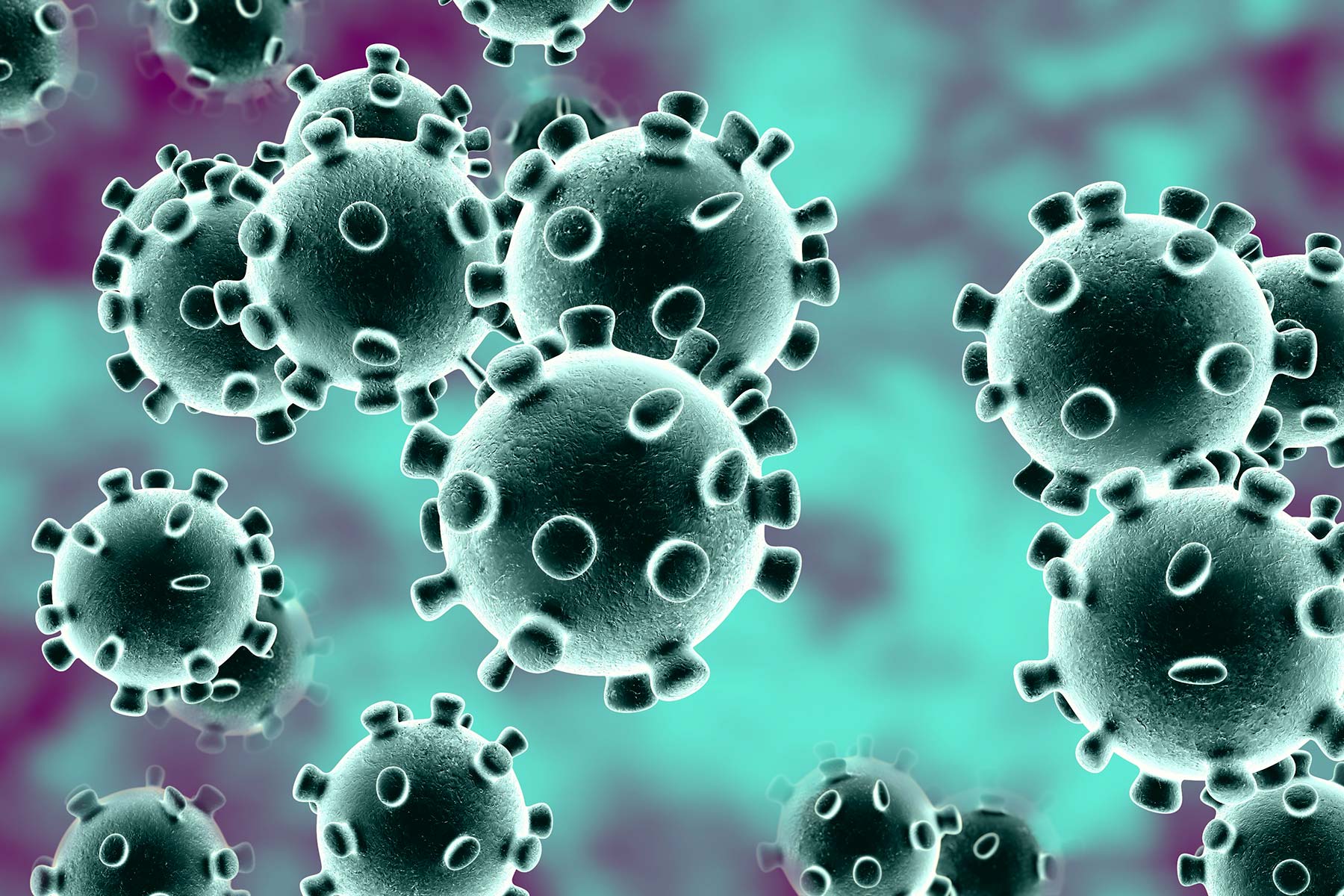As of today, the new coronavirus has infected close to 472,381 people worldwide and a clearer picture of the various symptoms caused by the virus has emerged.
The three most common symptoms seem to be fever, cough, and shortness of breath. Here’s more on each of those plus other, less common symptoms according to The Health.
Fever
The most common symptom of coronavirus by far seems to be a fever. A Centers for Disease Control (CDC) report says that 77 percent to 98 percent of people hospitalized with the virus have an elevated temperature. And another analysis reports that the fever is typically 100.4 degrees Fahrenheit or higher, sometimes with cold.
A fever may or may not be the first symptom reported. About 44 percent of more than 1,000 patients hospitalized with coronavirus in China had a fever when they first arrived at a healthcare facility. That number rose to almost 89 percent after they were hospitalized.
Cough
A second common symptom is a cough, affecting between 46 percent and 82 percent of patients in the hospital, according to the CDC.
Although cough is a fairly widespread symptom, one distinguishing feature of this one is that it’s usually dry, says Dr. Sosa.
The CDC believes that Covid-19 mostly spreads through respiratory droplets among people who are in close proximity to one another (within about six feet). That makes it important that people with symptoms cough (or sneeze) into a tissue or the crook of their arm, not their hands.
Shortness of breath
This is a potentially troubling symptom which the CDC says affects between 3 percent and 31 percent of patients in the hospital. Shortness of breath can also escalate.
Respiratory symptoms are one of the main features of Covid-19, with many patients developing pneumonia and some even requiring oxygen therapy or mechanical ventilation. Fatigue has also been a common symptom, with the World Health Organization (WHO) estimating this affects 38.1 percent of patients.
Aches and Pains
This is also called myalgia, muscle aches and pains affected 13.9 percent of patients investigated by WHO. According to the Cleveland Clinic, it’s a common symptom of viral infections like colds and the flu although, flu symptoms typically come on more suddenly.
Symptoms in mild cases of coronavirus infection (which is most cases) should subside on their own, says the AAFP. The association suggests calling your doctor if symptoms feel worse than a cold.
Headaches
Headaches have been reported in patients with Covid-19 affecting about the same proportion of people as a sore throat, and both were relatively rare according to WHO.
There are, of course, many different types of headaches all with many possible causes, including stress.
The instruction by Medical practitioners is that if you have a headache along with symptoms like a fever, cough, and shortness of breath and have travelled recently or been in one of the areas of the United States, Italy, China, and other high cases states with community transmission, call your doctor.
Diarrhoea
Not many people with Covid-19 have reported diarrhoea, according to WHO, only 3.7 percent. However, it is notable in that it’s one of the few non-respiratory symptoms attached to the current outbreak.
The first confirmed case of coronavirus in the United States was a 35-year-old man who had returned to Washington state from Wuhan, China and had loose bowel movements not long after being hospitalized. Stool samples did test positive for Covid-19, according to an article in the New England Journal of Medicine.
No Runny nose
Only 4 percent of patients in one sample reported this symptom but its absence may be notable in itself.
According to Dr. Sosa, “Covid-19 tends to be lower respiratory symptoms more than upper respiratory nasal symptoms.”
Stanford Children’s Health is recommending that children who have congestion along with fever, cough, congestion, and nausea be tested for the flu. Those who have fever, cough, problems breathing and fatigue without a runny nose or nausea may be candidates for Covid-19 testing.
Asymptomatic
According to a report issued by the World Health Organization (WHO), some cases of Covid-19 have been asymptomatic, patients didn’t have any symptoms, but most of these people develop symptoms later.
A big concern is whether or not people with coronavirus but without symptoms can still spread the disease. The CDC reports that there have been asymptomatic transmissions, although the WHO states that this does not seem to be the main way the infection is spread.
It has been generally advised that people should stay at home during this period to avoid getting infected.
Source: Guardian Newspaper




